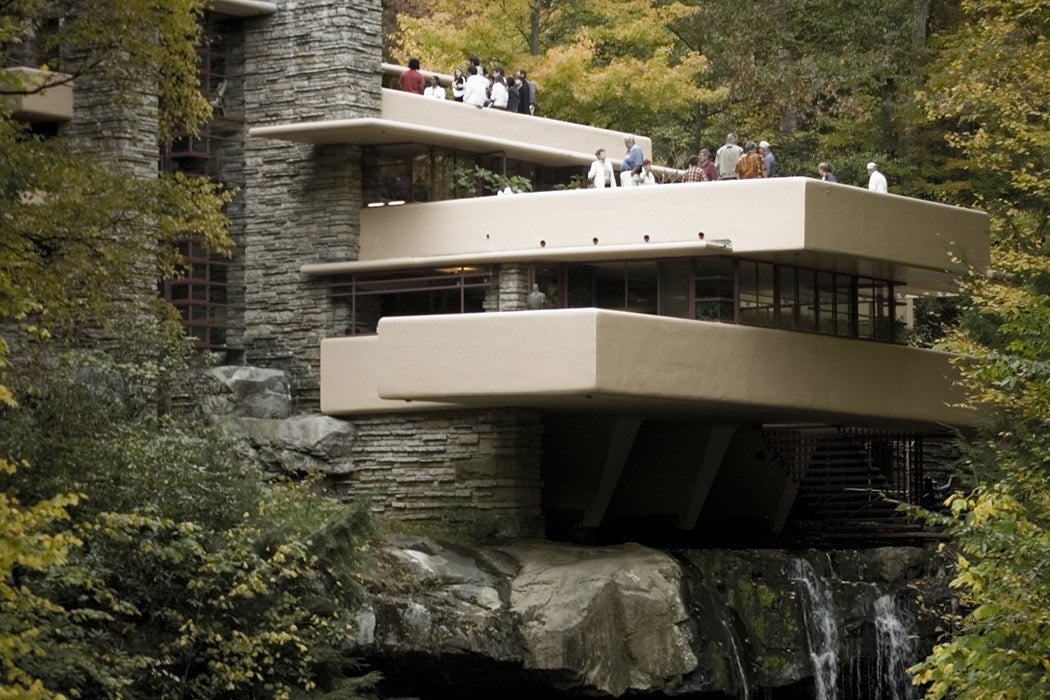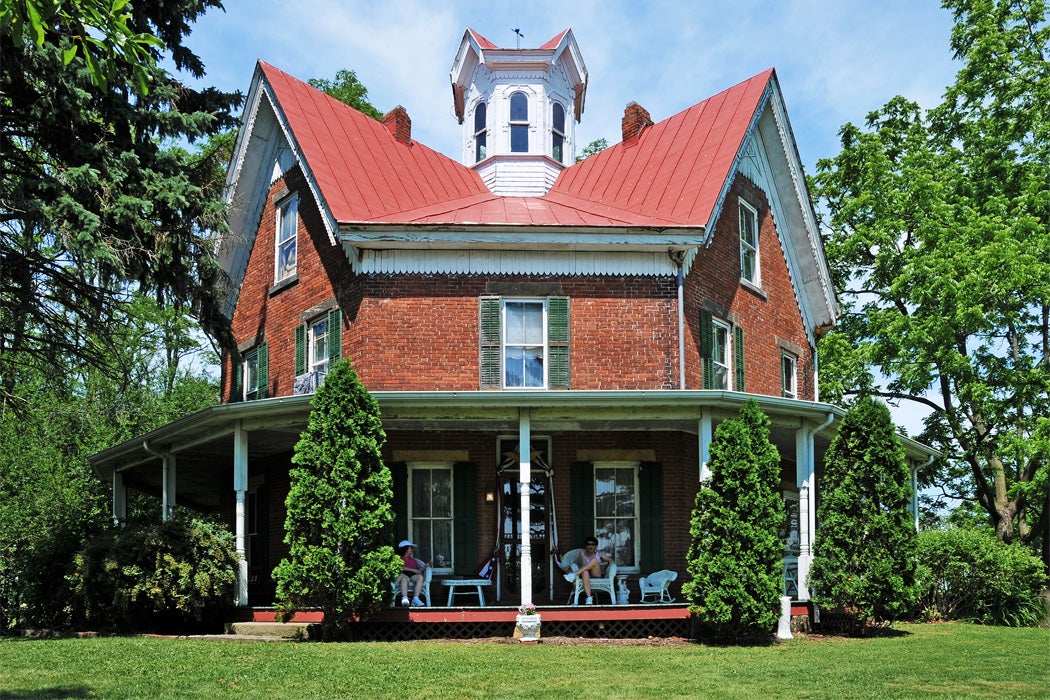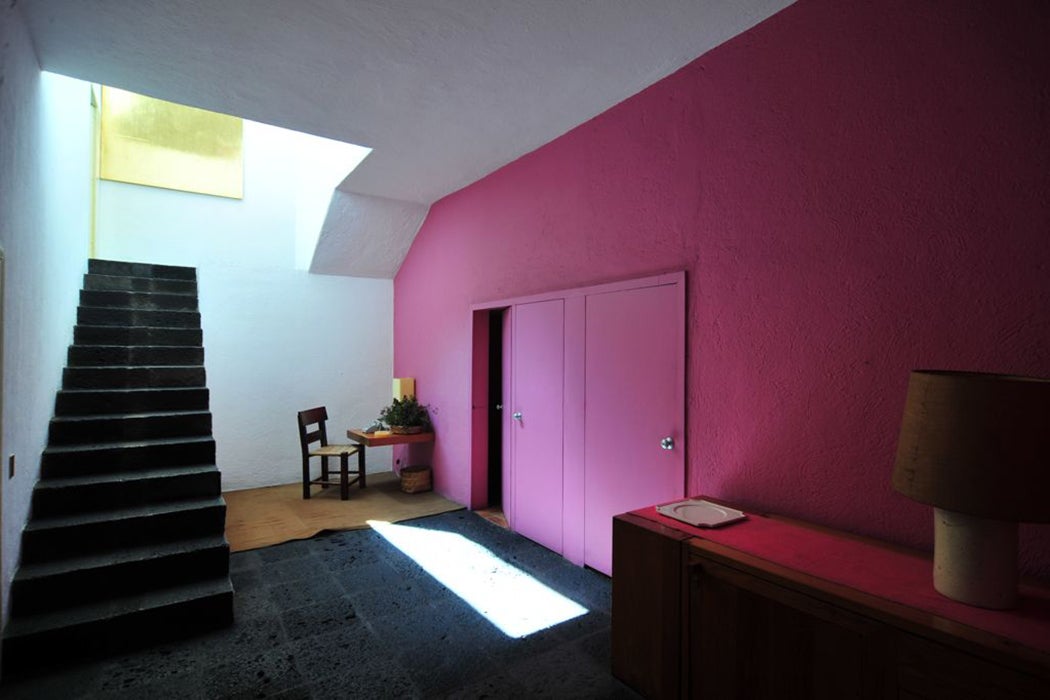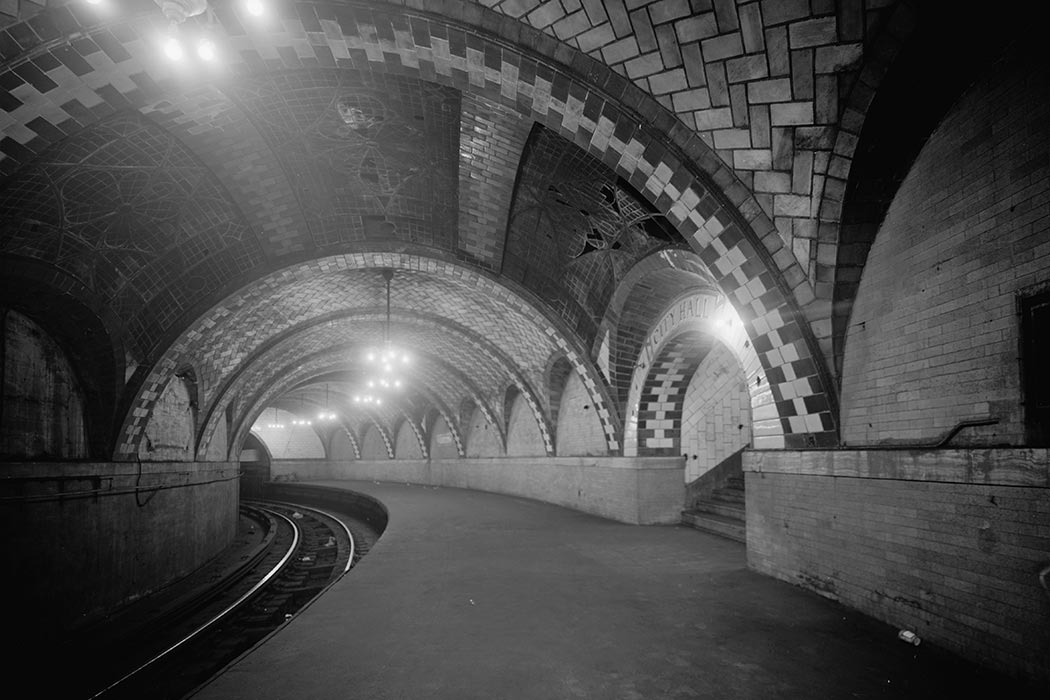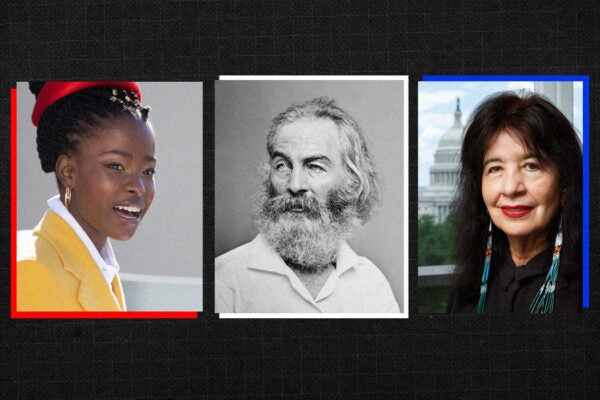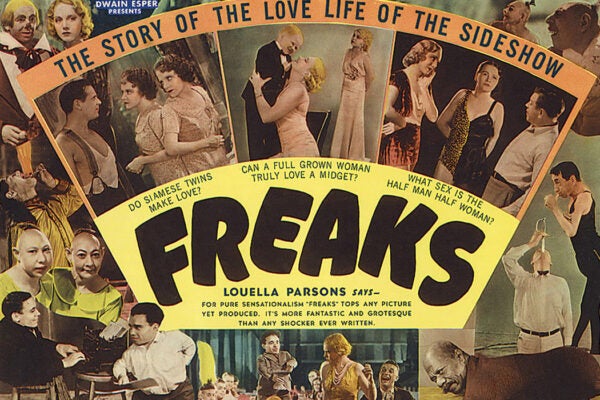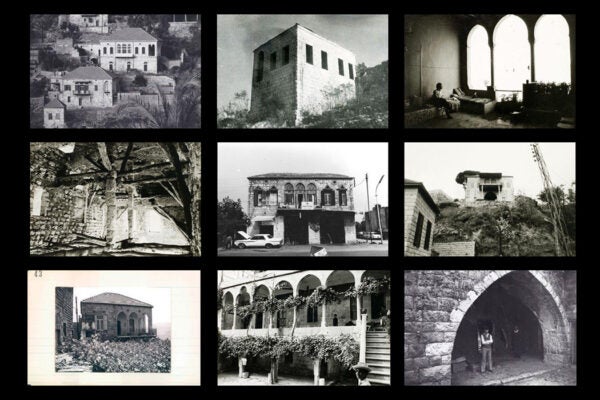The icon indicates free access to the linked research on JSTOR.
A fan of Frank Lloyd Wright? Or maybe fascist architecture? Do you love ancient Greek orders, or do you prefer your buildings to simply gesture toward the classical past (we’re looking at you, postmodernism). The editors at JSTOR Daily enjoy thinking about the built environment, and it shows in our archives. Here, we’ve gathered a couple dozen of our favorite stories about buildings, landscape, and the designed environment. Whether you’re looking for a manifesto or just want to discover a new architect, you’re likely to find what you’re looking for in this collection.


As always, our stories are based on peer-reviewed scholarship. Links to the underpinning research are embedded in our stories. Look for the red J icon! It marks the articles that are free to read and download.
April 9, 2024
In parallel with the recent shift in political attitudes toward Islamic heritage, India’s most famous monument may need to find a new place in history.
February 17, 2023
Now an icon of modernism and avant-garde design, the Eiffel Tower was once seen by Parisian writers and artists as a blight on the cityscape.
July 11, 2023
A founding member of the Prairie School, Mahony defined the movement’s now-familiar aesthetic for a global audience.
March 5, 2020
A new draft executive order requiring classical architecture in government buildings negates principles established during the Kennedy administration.
February 7, 2023
More than a century later, the architectural manifesto continues to hold our attention, emphasizing a charged moment when society was breaking with the past.
February 13, 2024
The first African American architect licensed in the state of California, Williams blazed a trail to the (Hollywood) stars.
August 13, 2024
The offbeat and unexpected Palazzo del Te, designed by Giulio Romano for Federigo II Gonzaga, Duke of Mantua, has become an icon of Mannerist architecture.
July 18, 2024
Architecture in the age of AI—argues professor Nayef Al-Rodhan—should embed philosophical inquiry in its transdisciplinary toolkit.
February 9, 2024
In 1924, sociologist and social reformer Caroline Bartlett Crane designed an award-winning tiny home in Kalamazoo, Michigan.
June 14, 2017
Paris’s Maison de Verre is a marvel of modernist architecture whose rarely seen interior was constructed to foster sociality.
March 2, 2024
Built for Punjabi migrants brought to Africa by the British and modeled on Mughal architecture, the Jamia Masjid in Nairobi serves Kenya’s Muslim minority.
May 27, 2021
The domestic fuel scarcity of World War II led to innovation in home heating—especially passive solar technology.
January 27, 2023
The pioneering collection of farm and craft buildings at the National Museum of Wales in Cardiff preserves traditional design and building techniques.
July 9, 2024
A close connection between architecture, athletics, and the urban fabric is central to the idea of the modern Olympic Games.
January 8, 2021
The British aristocrat Horace Walpole's villa Strawberry Hill was said to be evidence of his "degeneracy."
August 31, 2018
In 19th-century America, the changing economy called for warehouses, which in turn created the warehouse districts that defined many cities.
March 12, 2024
Without formal training as an architect, Gray created magnificent designs that sensitively blended traditional craft with a modern aesthetic.
January 9, 2024
Developed in response to the post-World War II housing crisis, the once celebrated Brutalism quickly became an aesthetic only an architect could love.
December 12, 2023
Recognizing Scott Brown’s work is necessary for understanding American architecture in the second half of the twentieth century.
November 14, 2023
The Parthenon embodies the ideals of perfection Classical Greeks sought from architecture. The neighboring Erechtheion offers something else.
September 12, 2023
The dominant heteroview of architectural history means we may lose our queer spaces and their histories before we even know they exist.
August 8, 2023
Fathy rejected European ideas of modernism, arguing that Egypt could draw on its own regional histories to develop a national aesthetic.
June 6, 2023
In Mussolini's Rome, the built environment struck a balance between the romance of the ancient past and the rationalism of avant-garde modernism.
August 9, 2017
Why does Manhattan have two business separate districts? Turns out that it's not because of the usual story about bedrock depth.
May 14, 2024
With the Reversible Destiny Foundation, architect-philosophers Arakawa and Gins created disquieting designs meant to defeat mortality.
May 2, 2023
A community-oriented architect, Lina Bo Bardi embraced the principles of modernism to design public buildings that remained connected to Brazil’s past.
December 7, 2016
Early skyscrapers changed the ways we see race, how we see bodies, how we perceive and make judgments about people in the world.
September 10, 2024
The targeted destruction of the built environment during the Bosnian War led to the emergence of a new term in the discourse of urbicide: warchitecture.
April 4, 2023
Beijing’s hutongs are disappearing quickly. Is there a way create safe housing, preserve historic buildings, and meet the city's financial needs?
June 18, 2023
Bawa's global travels helped him to create buildings and landscapes that are inextricably linked to Sri Lankan sensibilities and craftsmanship.
May 8, 2023
Subject to myriad interpretations over the last 150 years, William Morris’s Gothic-inspired home has been an enduring influence on Anglo-American architecture.
March 7, 2023
An unconventional architect who started her career as an outsider, Hadid became a leading figure in architecture and design in the twenty-first century.
August 20, 2016
Recent interest in Ghana’s thriving cultural production make the city’s distinctive historical architecture even more relevant.
April 26, 2020
Built by a fascist-turned-communist writer in the 1940s, it belongs to no one architectural style. But the views!
December 6, 2022
Japanese Metabolists argued that architecture should be adaptable, changing as a city changed. Why, then, is this icon of Metabolism being dismantled?
October 25, 2022
As preservationists grapple with crumbling monuments in Brazil and Peru, they’re also confronting the progressive agendas that originally shaped the buildings.
September 27, 2022
Jackson’s creative mind analyzed the landscapes of everyday life to understand the modest worlds—present and past—of regular people.
April 17, 2019
The famous Paris cathedral was built over many centuries, reflecting the growth and evolution of Paris itself.
June 11, 2024
Saudi Arabia’s Jeddah Tower is poised to become the world’s tallest building. What’s behind the century-plus drive to build ever taller skyscrapers?
August 24, 2023
The arsons were no accident, archaeological evidence suggests.
June 6, 2019
The famous architect Frank Lloyd Wright famously loathed commercialism, and yet he (reluctantly) designed commercial homewares to be mass produced.
June 8, 2017
Frank Lloyd Wright remains the most famous American architect even though he was born just two years after the end of the Civil War.
March 22, 2019
Orson S. Fowler thought houses without right angles would offer a better life, but his own architectural experiments did not end well.
September 19, 2018
A tour of the Mexican modernist architect Luis Barragán’s house and studio reveals a surprise with a touch of the divine.
March 24, 2015
The politically-influenced redesign of the famed towers of San Gimigano.
November 13, 2014
Rediscovering the Gustavinos contributions to architecture.
October 1, 2014
Mansions hold a special place in the American imagination, and dates back to colonial days.



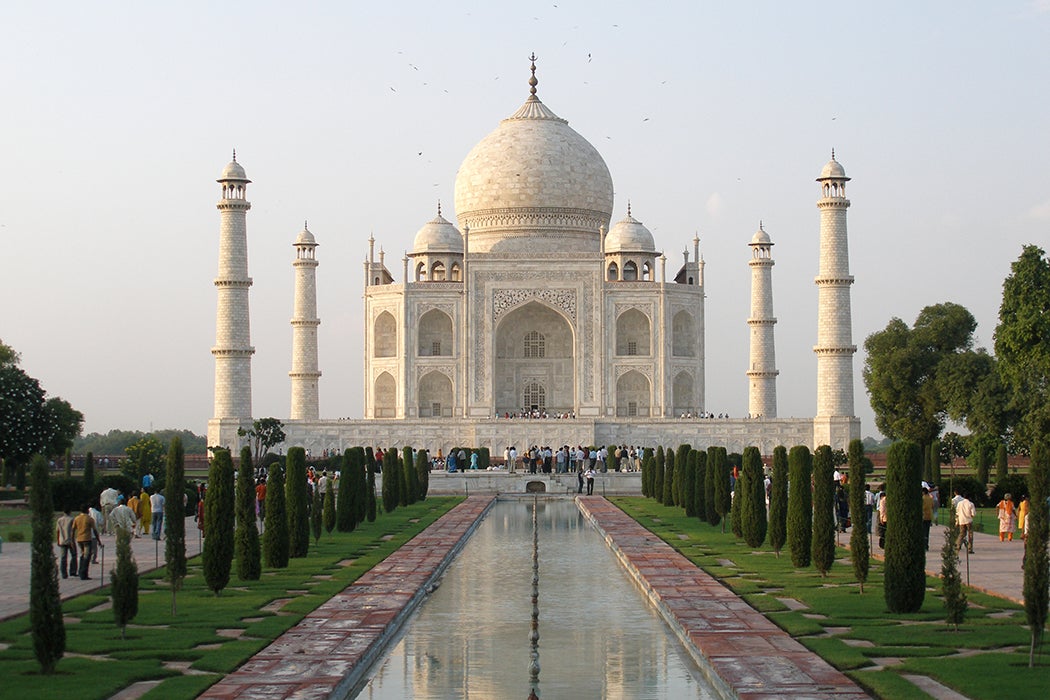
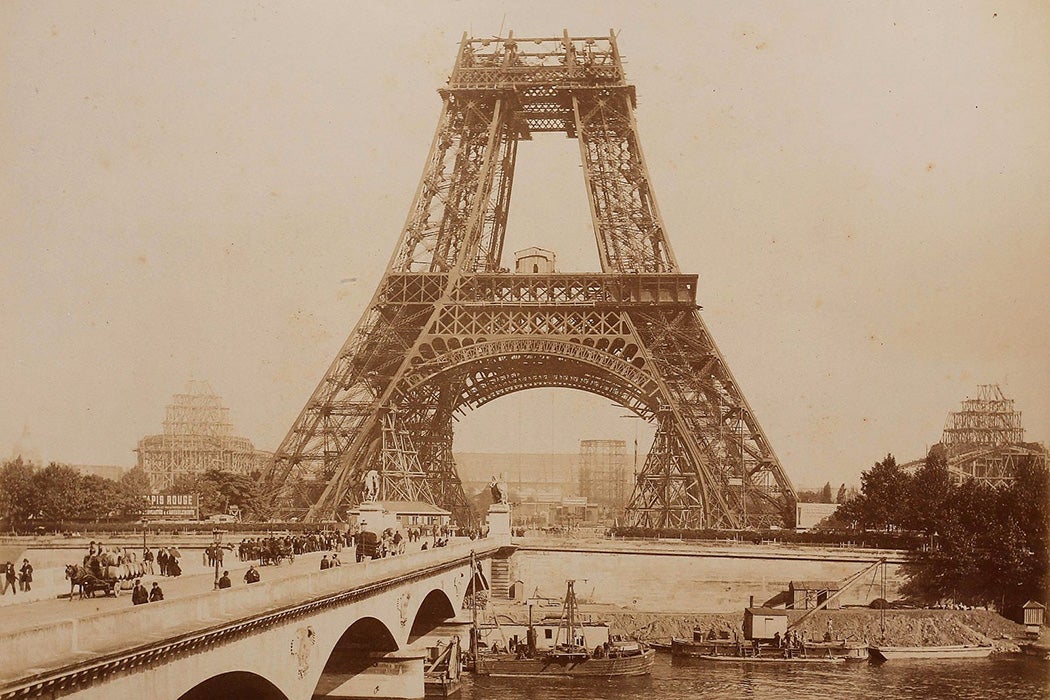
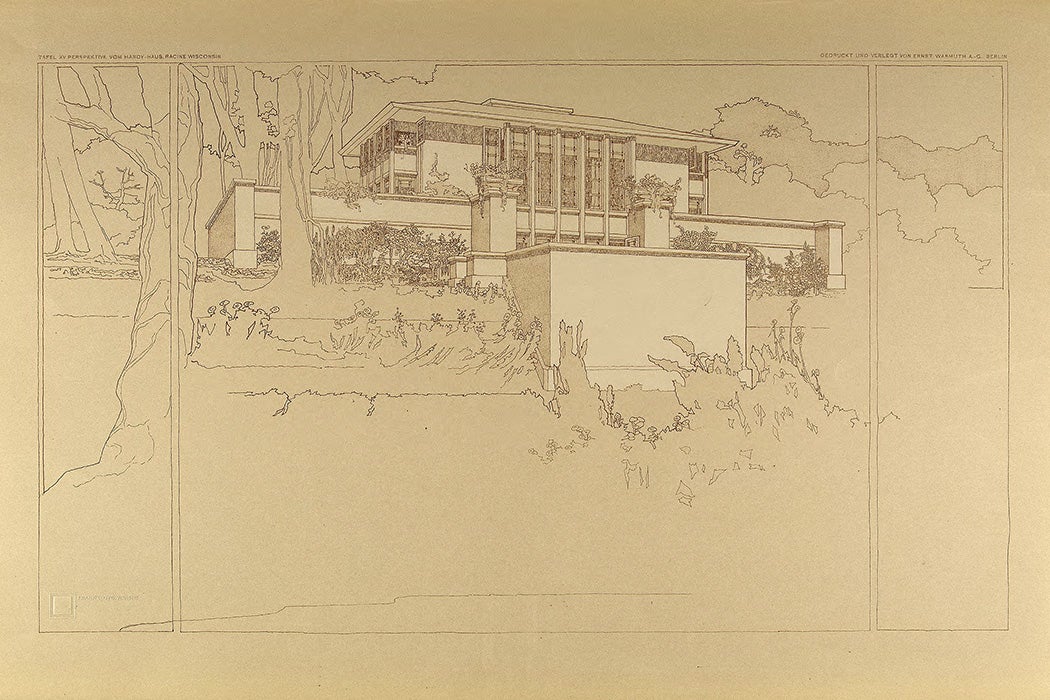
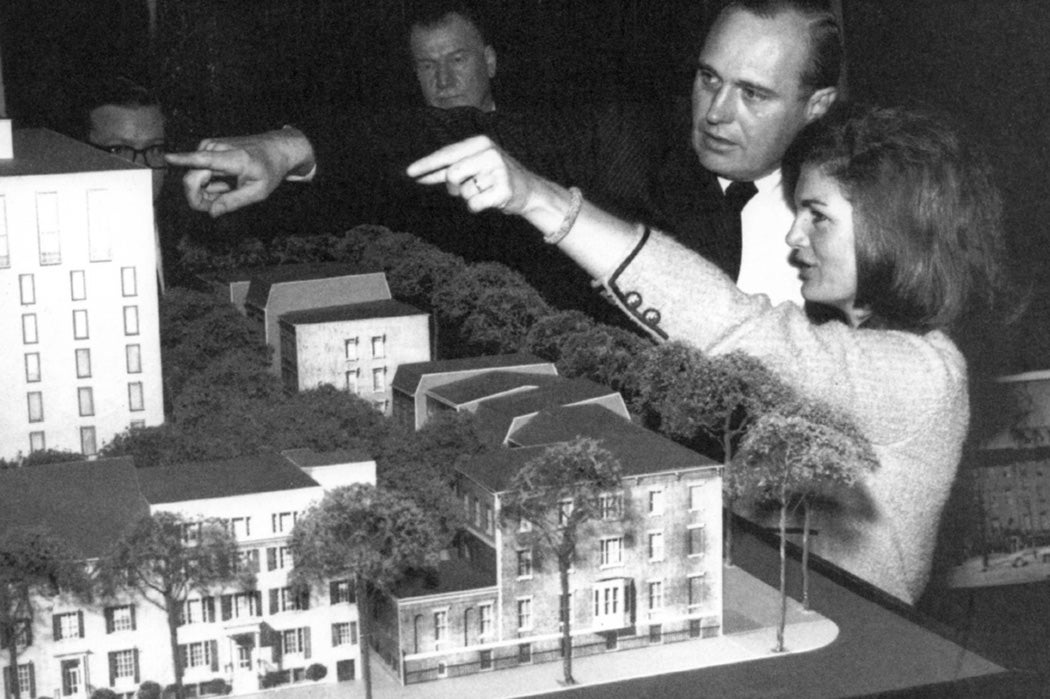
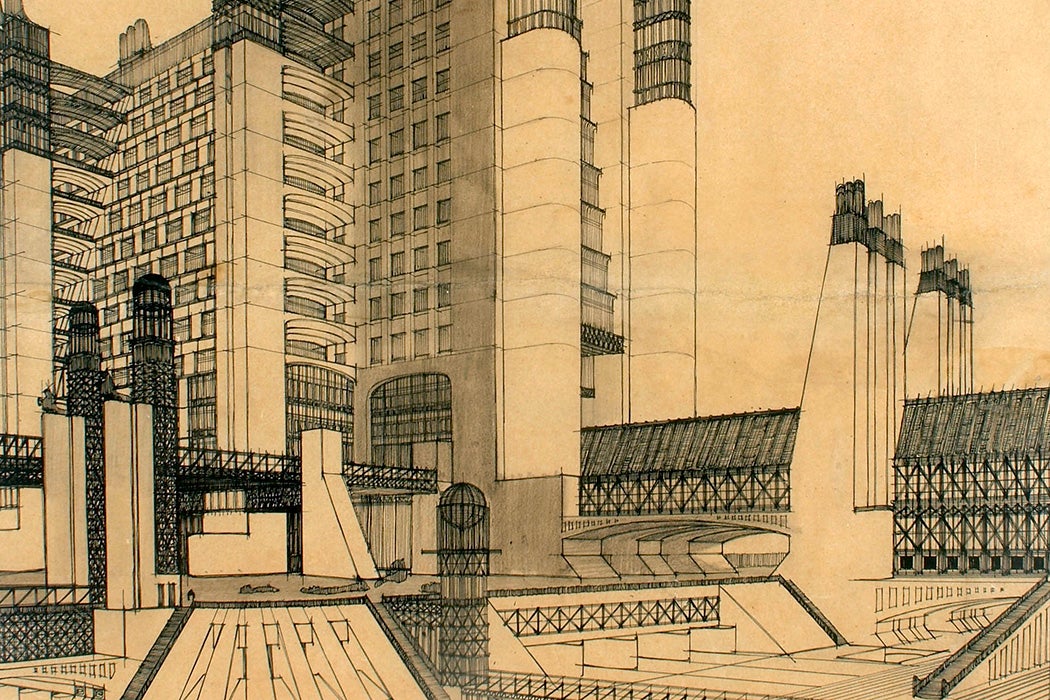




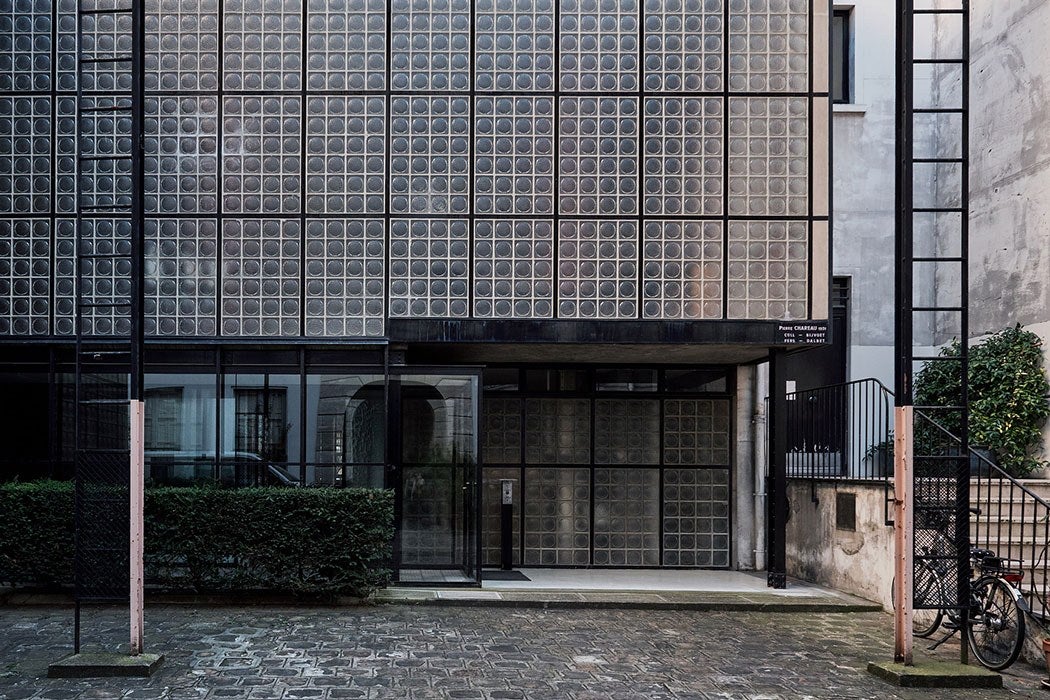
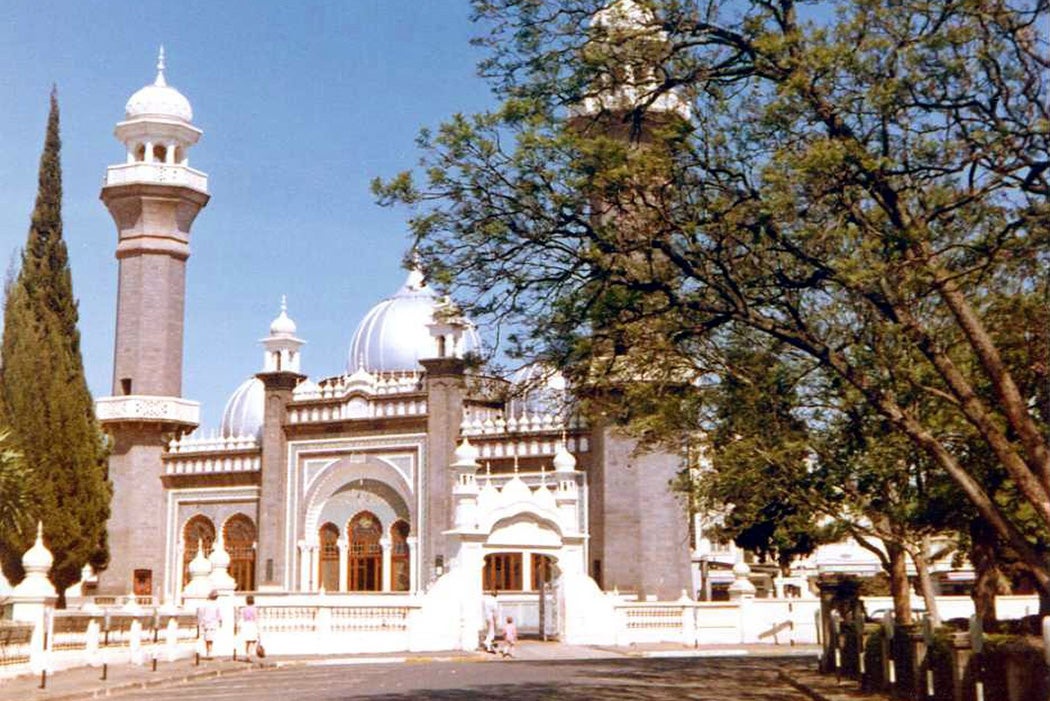
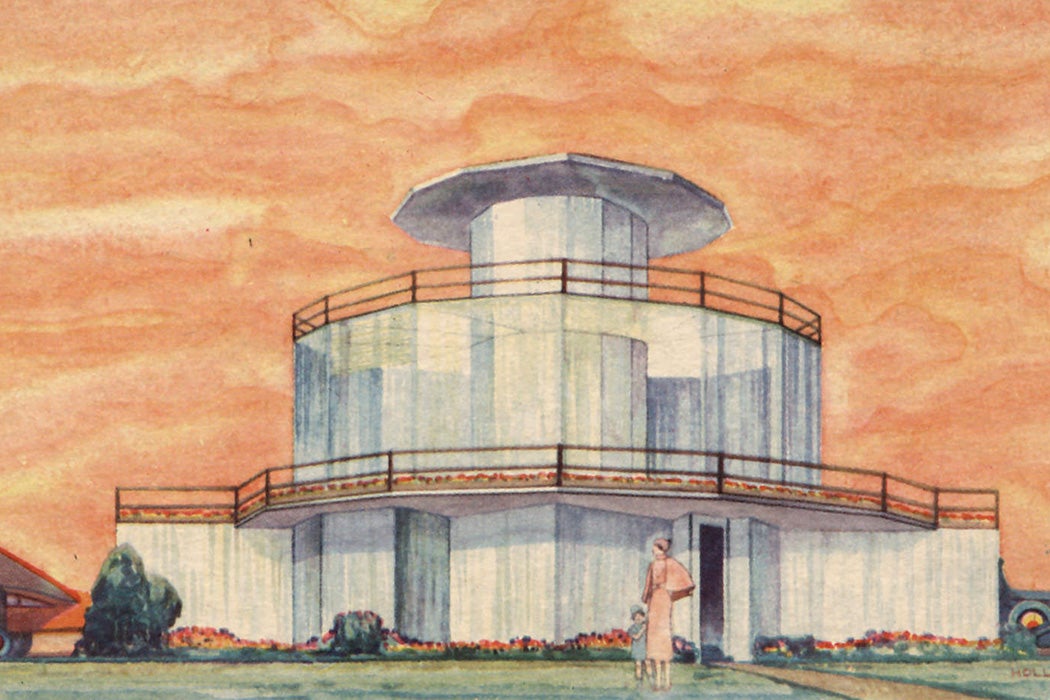

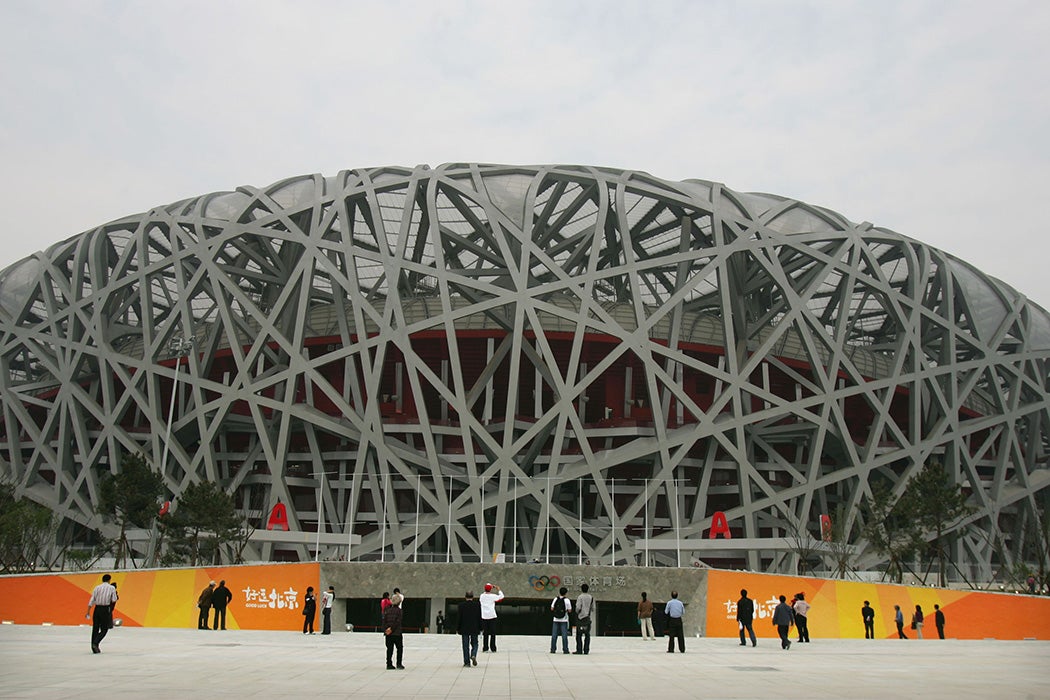
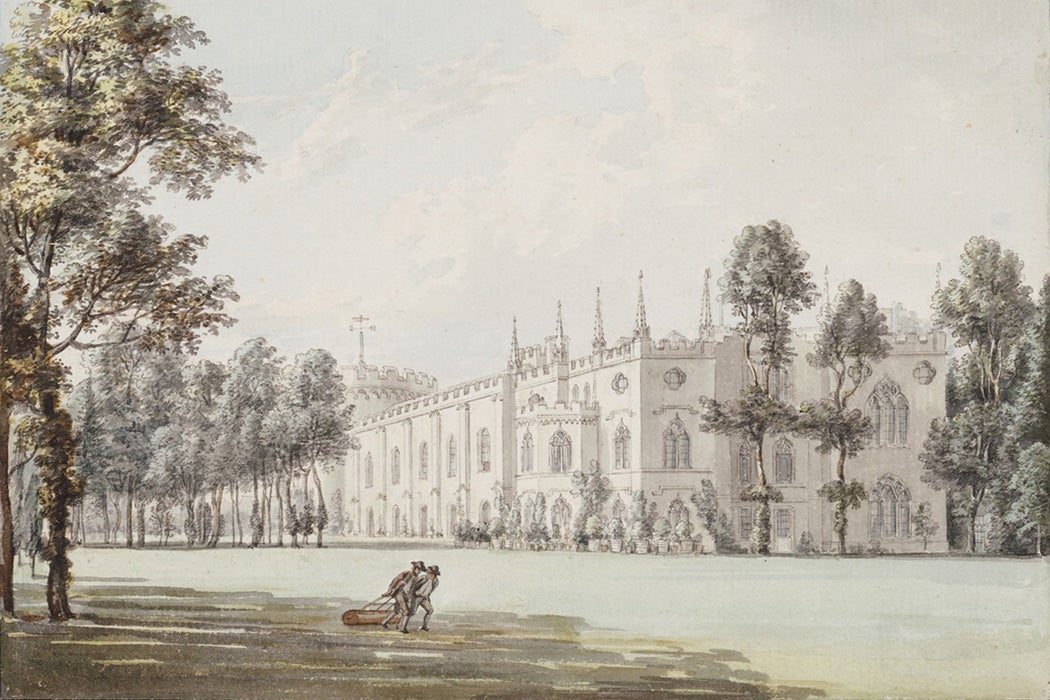

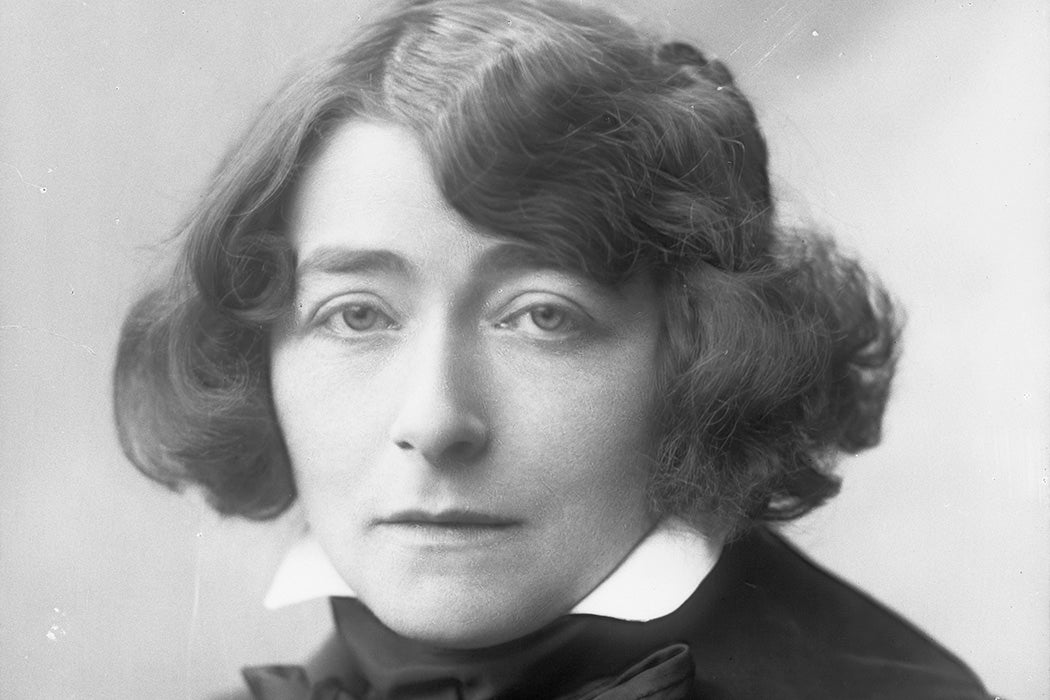
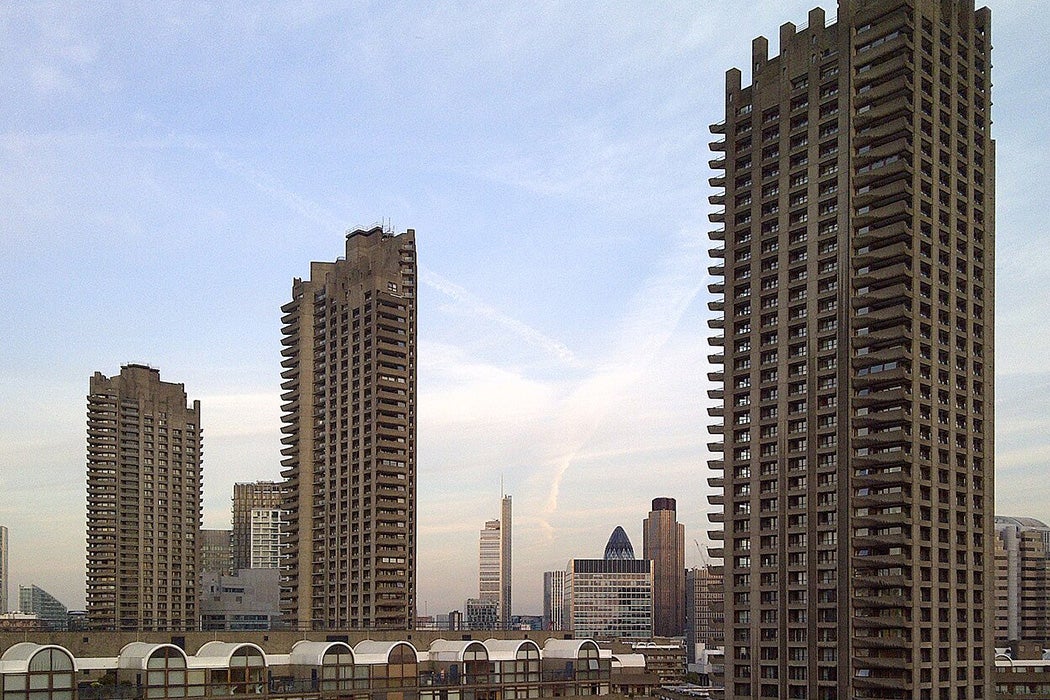
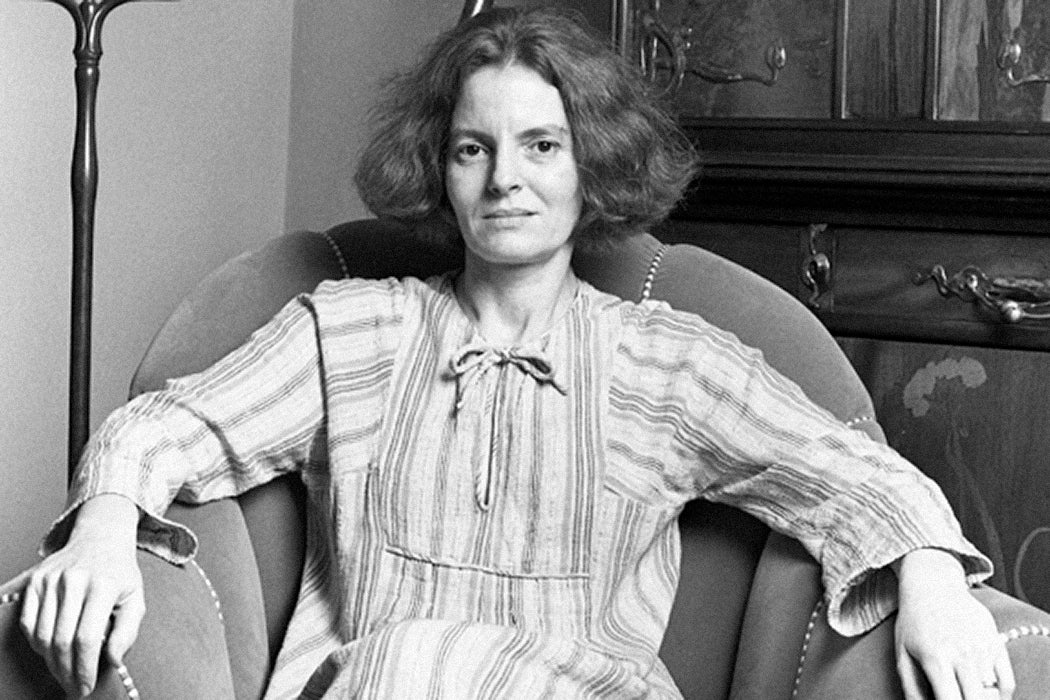

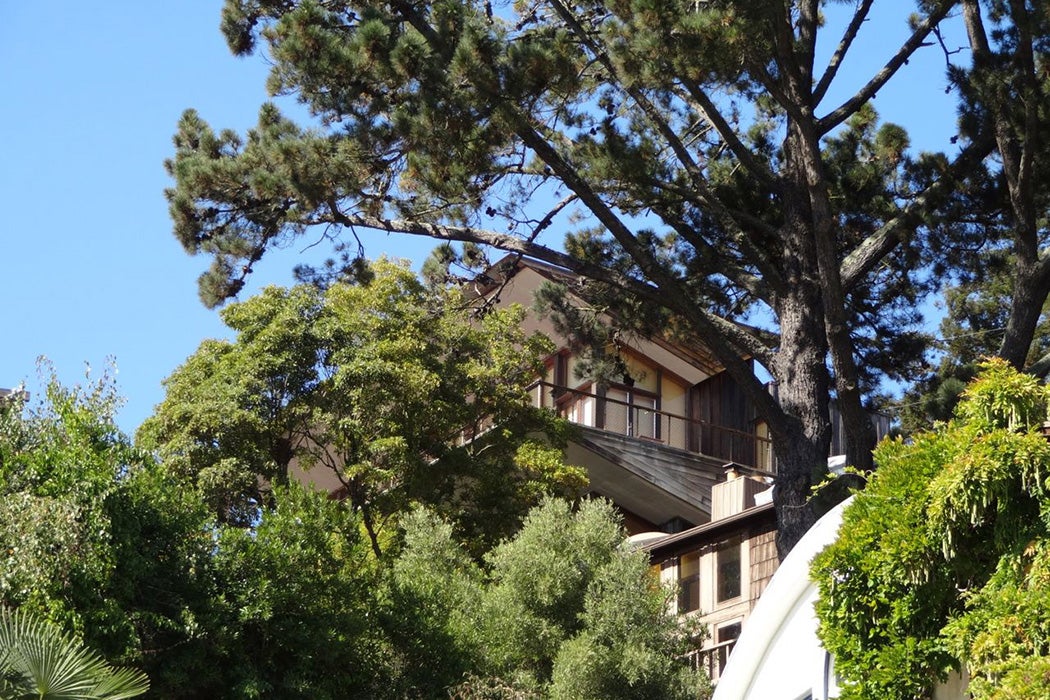
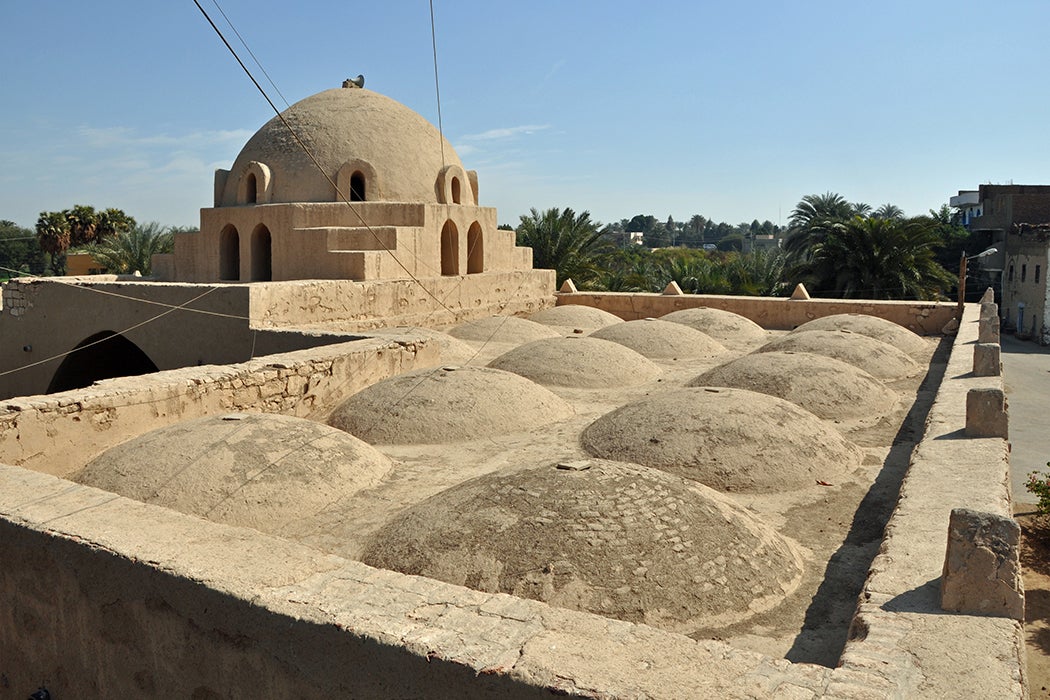

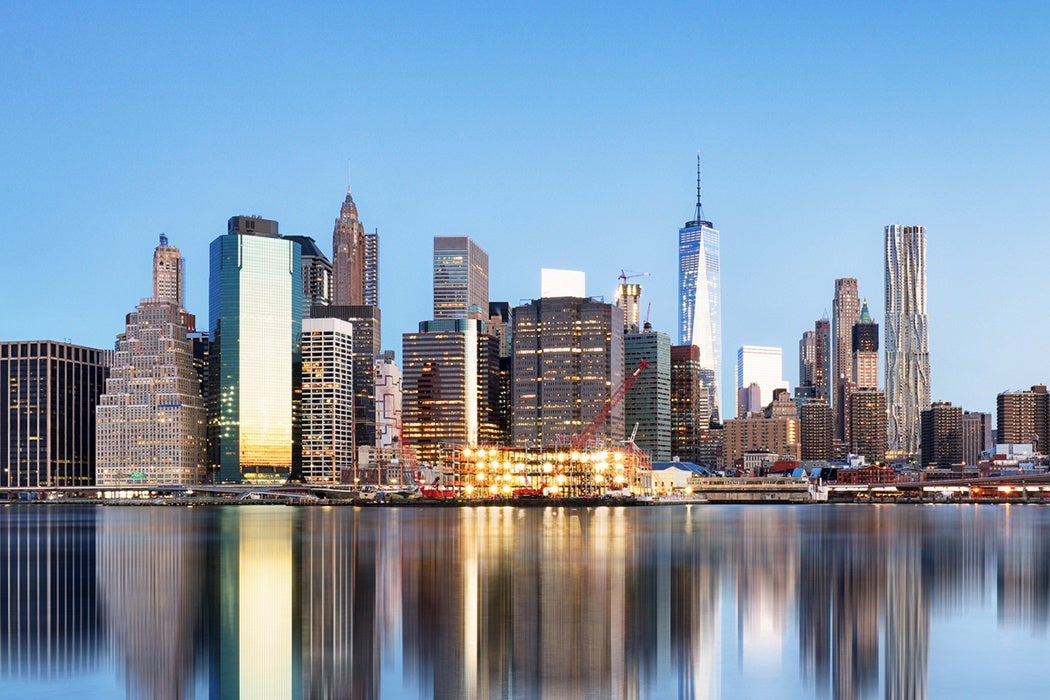

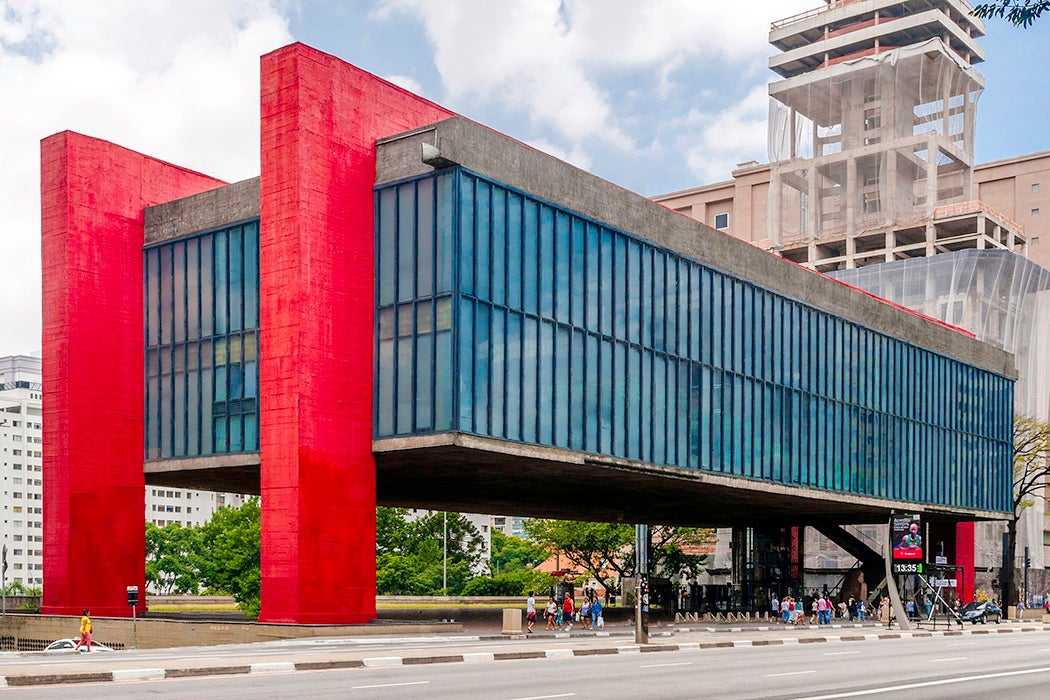
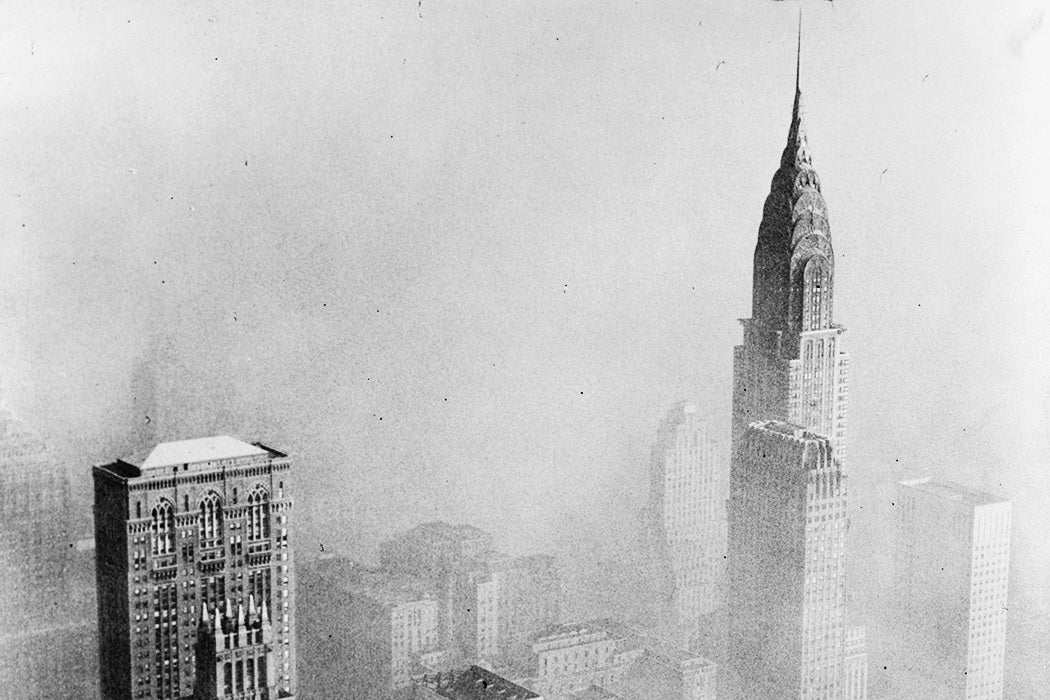
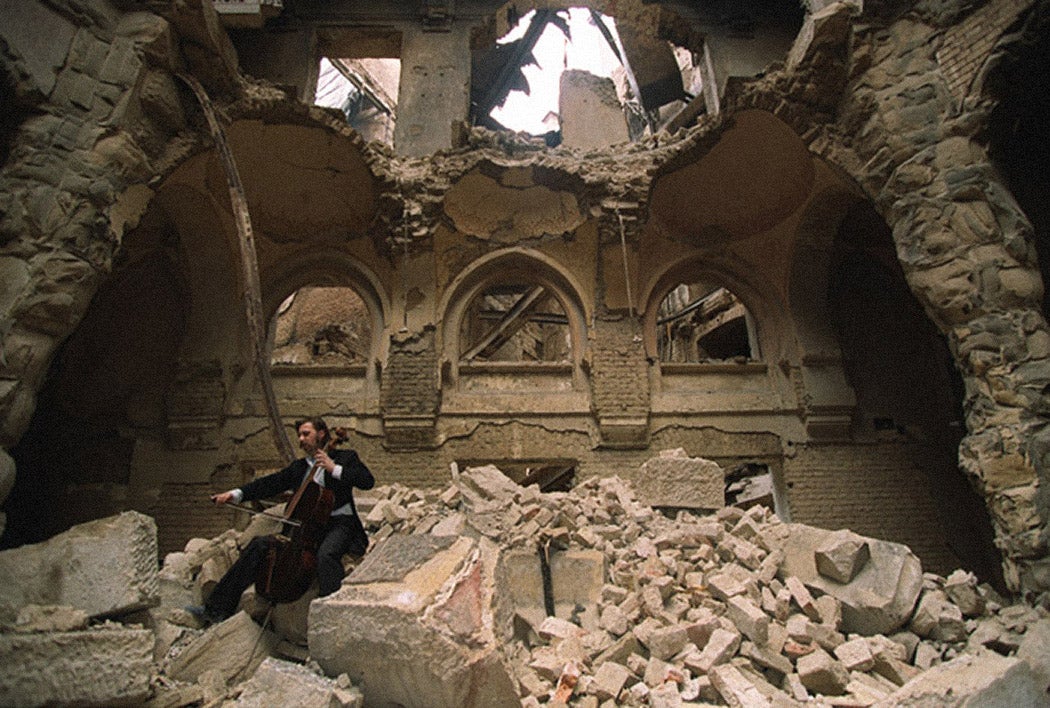

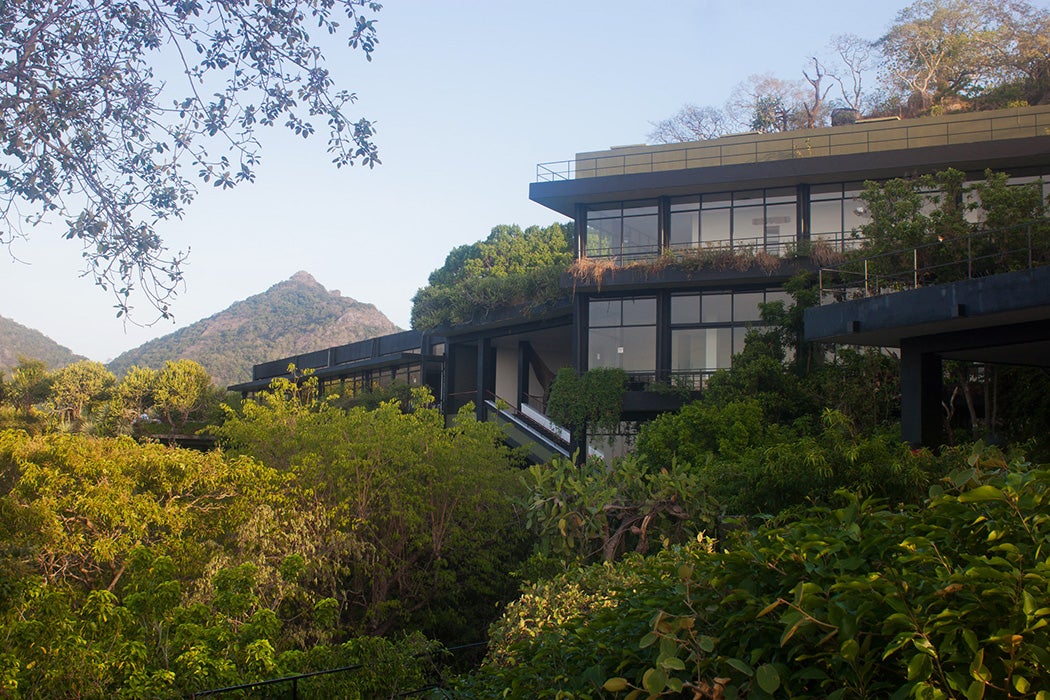
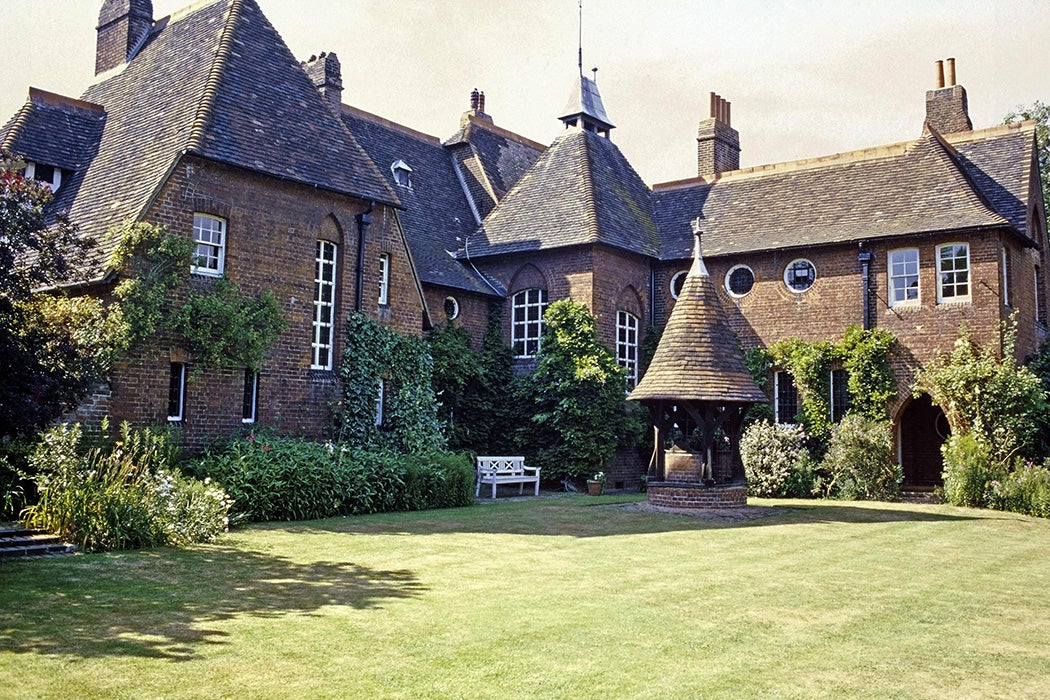


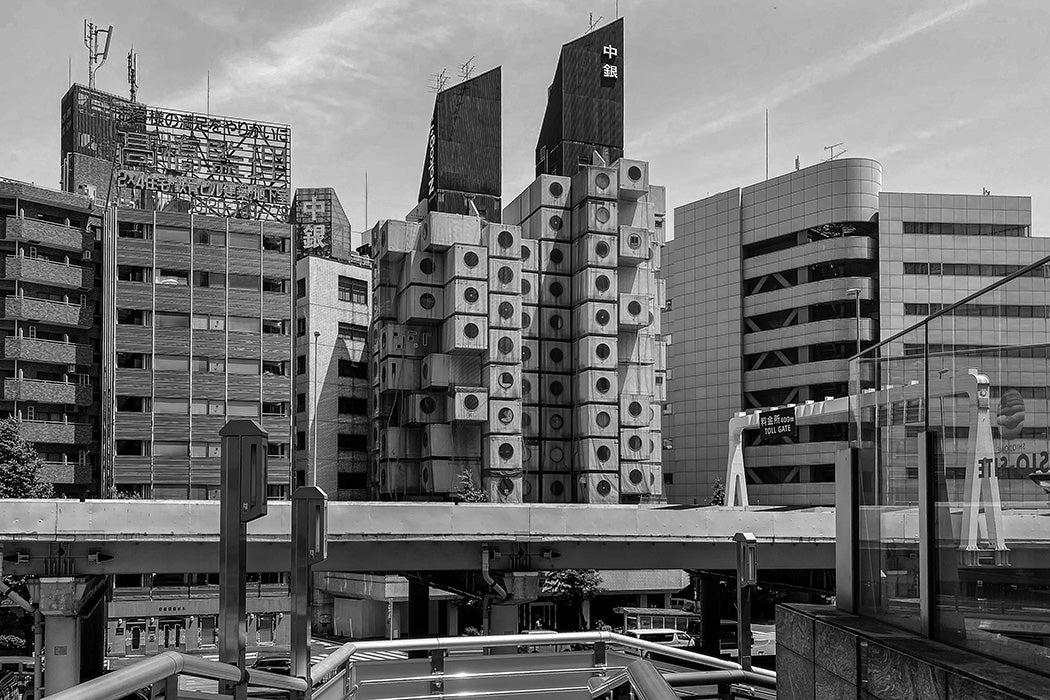
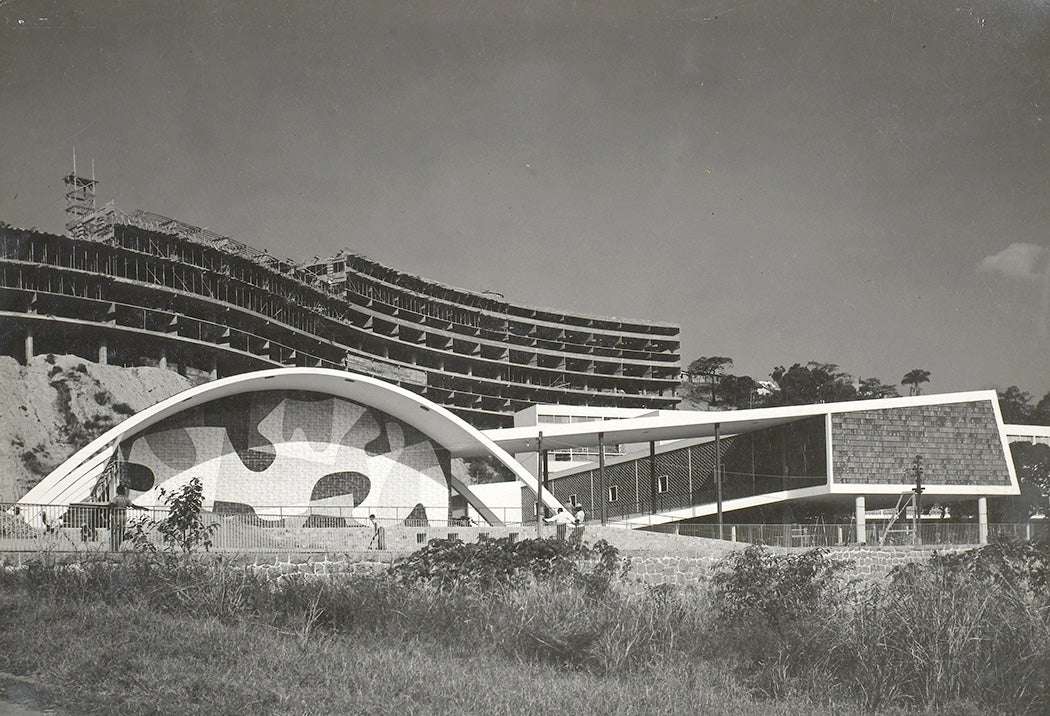
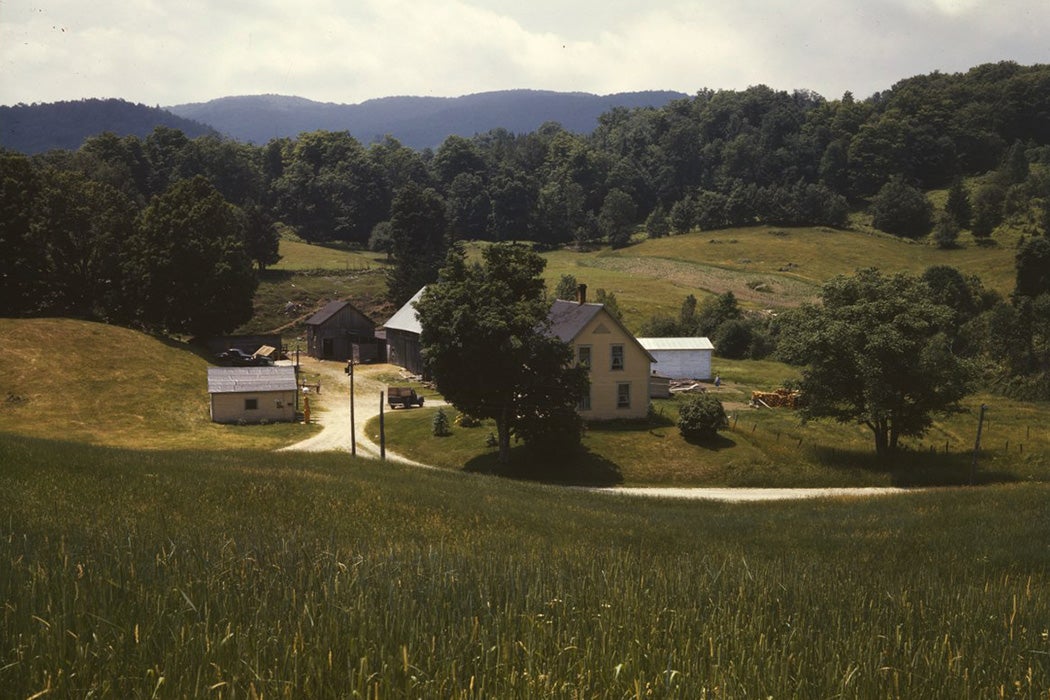
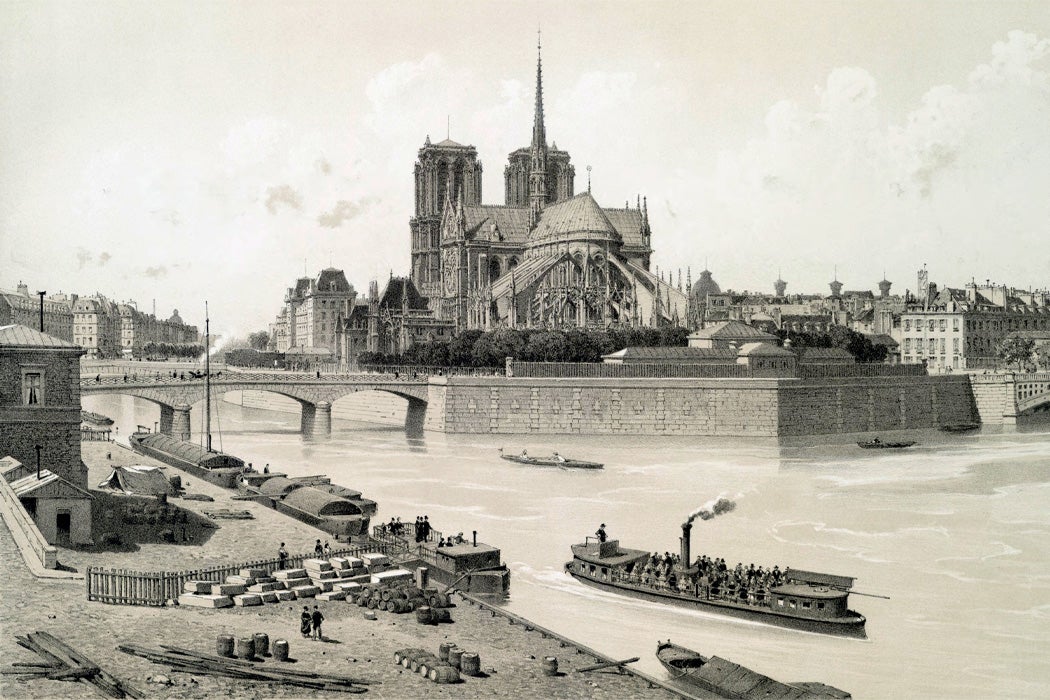
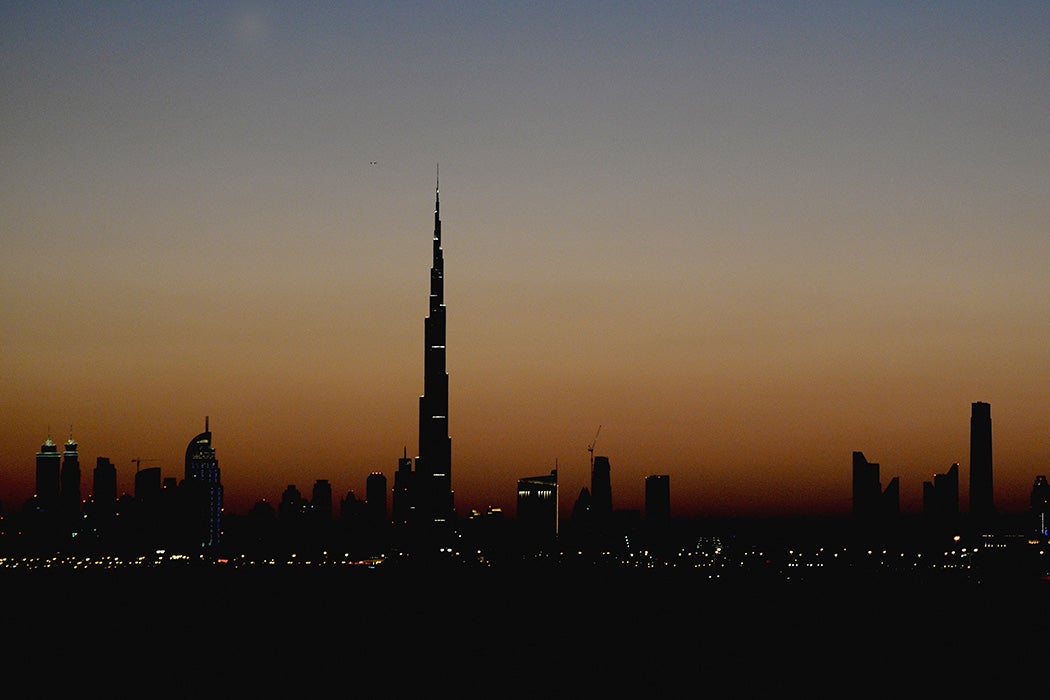
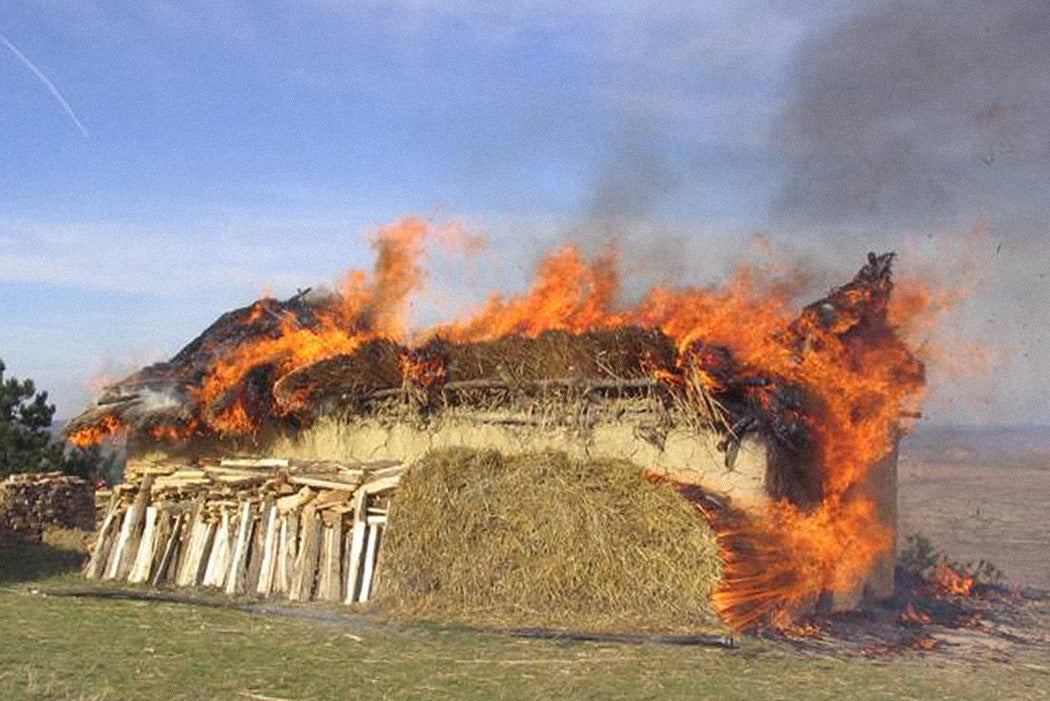
![Design 513, Damask, 1956 and Design 104, Printed Silk and Fortisan Casement [curtain fabric], 1955, by Frank Lloyd Wright](https://daily.jstor.org/wp-content/uploads/2019/06/frank_lloyd_wrights_fraught_attempt_at_mass_production_1050x700.jpg)
